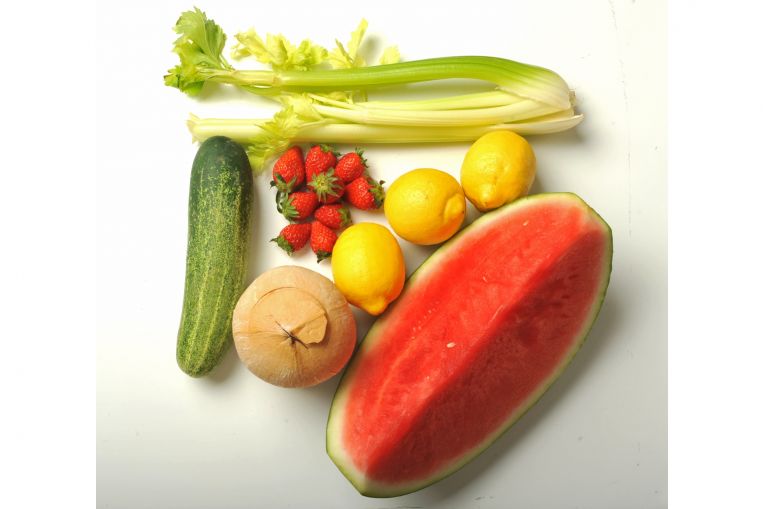The weather may be blowing hot and cold sometimes, but it can get rather hot and humid working from home.
To keep your utility bill from rising along with the temperature, here are four tips to stay cool without working the air-conditioner overtime.
1 STAY HYDRATED
As our bodies maintain their temperature through perspiration, getting enough water is always the main consideration in hot weather, says Mr Chan Joy Seng, director and nutritionist at Alive Nutrition Consultancy.
It is recommended that adults drink about eight glasses (or 2 litres) of water a day, and even more if one is exposed to heat, exercises a lot or is pregnant, breastfeeding or unwell.
Overall fluid intake can be increased by consuming foods with high water content, such as porridge, soups or stews, and fruit and vegetables such as watermelon, berries, cucumber, celery and lettuce.
While the physical temperature of drinks does not directly affect the hydration status of the human body, Mr Chan says: “A person may drink more water when the water is cold rather than warm, due to the cooling sensation similar to mint.”
You do not need to avoid drinking coffee or tea either.
While caffeinated beverages may have a mild diuretic effect and cause the need to urinate, normal consumption is not shown to directly increase the risk of dehydration.
2 COOL FOODS
In traditional Chinese medicine, “cold” and “cooling” foods can help “remove toxins, clear the bowels and eliminate body heat”, says physician Ng Qing Xiang of Eu Yan Sang TCM clinic.
These include green bean soup, chrysanthemum tea, green tea, bitter gourd, winter melon, mangosteen and monk fruit.
3 KNOW YOUR FABRICS
The materials you wear matter.
Mr Martin Bonney, fashion lecturer at Lasalle College of the Arts, suggests choosing plant-based fibres such as tencel, bamboo and viscose, which help regulate body temperature as they are breathable and absorb perspiration quickly.
Choose something lightweight, he says, and check the thickness of the fabric if the weather is warm.
Some brands may have clothing lines with specially treated moisture-wicking surfaces to keep you cool and dry, and you can identify them by checking the label.
“I would avoid synthetic fabrics such as polyester and nylon,” he says.
4 USE YOUR WINDOWS
The key to cooling your home is by increasing air circulation and ventilation, says engineer Joseph Goh, who is also deputy chairman of the mechanical and electrical engineering technical committee at the Institute Of Engineers, Singapore.
But while you can let the breeze in through windows, remember to close them when it gets hotter around noon as the temperature tends to be higher outdoors than indoors.
Window blinds or curtains are a good way to block out the heat if you do not mind a dim room.
Source: Read Full Article
